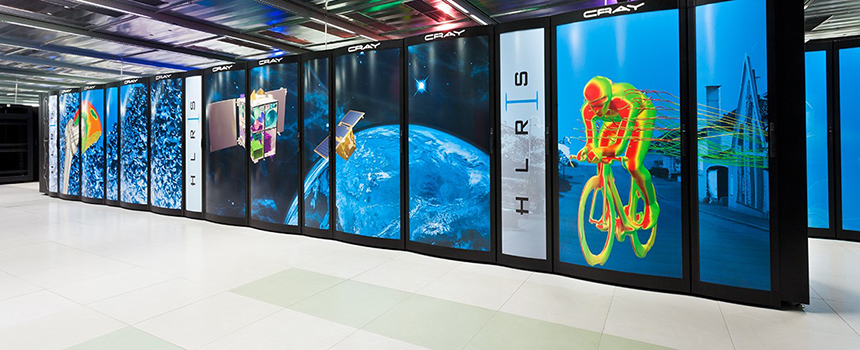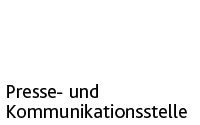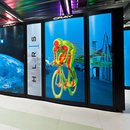University of Siegen awarded largest amount of computing time
University comes out on top with allocation of capacities in European supercomputing association.
Forty-two million core hours* of computing time on the Hornet supercomputer in Stuttgart have been made available to the University of Siegen. The Chair of Simulation Techniques and Scientific Computing had made an application during the 10th call for proposals by PRACE, the Partnership for Advanced Computing in Europe, and was allocated the largest share of computing time. The outcome is a huge success for Prof. Dr.-Ing. Sabine Roller and her team as supercomputer capacities are much in demand and expensive. "If the 42 million core hours were to be converted into the running costs of the supercomputer, it would be the same as if we were to receive a grant of almost two million euros for our project," said Prof. Dr.-Ing. Sabine Roller. Germany participates in the PRACE programme via the Gauss Centre for Supercomputing (GCS), the association of the three supercomputing centres in Jülich, Stuttgart and Munich. The GCS makes a total of 247 million core hours available to 14 selected research projects from eight European countries.
Simulation for more efficient production of drinking water
The University of Siegen convinced the experts with a simulation project for the desalination of sea water by means of electrodialysis. Compared with existing procedures, electrodialysis is significantly more energy efficient and therefore more sustainable. The software for the simulation was developed by the chair itself to meet the high demands involved. "For the simulation, we have to consider many physical factors of influence right down to the smallest detail. Our software enables a level of accuracy that cannot be achieved in laboratory procedures," said Dipl.-Ing. Harald Klimach from the Chair of Simulation Techniques and Scientific Computing.
*The computing power of a supercomputer is specified in units of core hours. The Hornet supercomputer has 94,656 cores, which are used in parallel for arithmetical operations. Consequently, around 757 million core hours are availably annually. One core of the supercomputer can perform around 40 billion arithmetical operations in one second.

Foto: Supercomputer Hornet at the High Performance Computing Center Stuttgart (HLRS).
Foto-Copyright: "Copyright Boris Lehner for HLRS".


